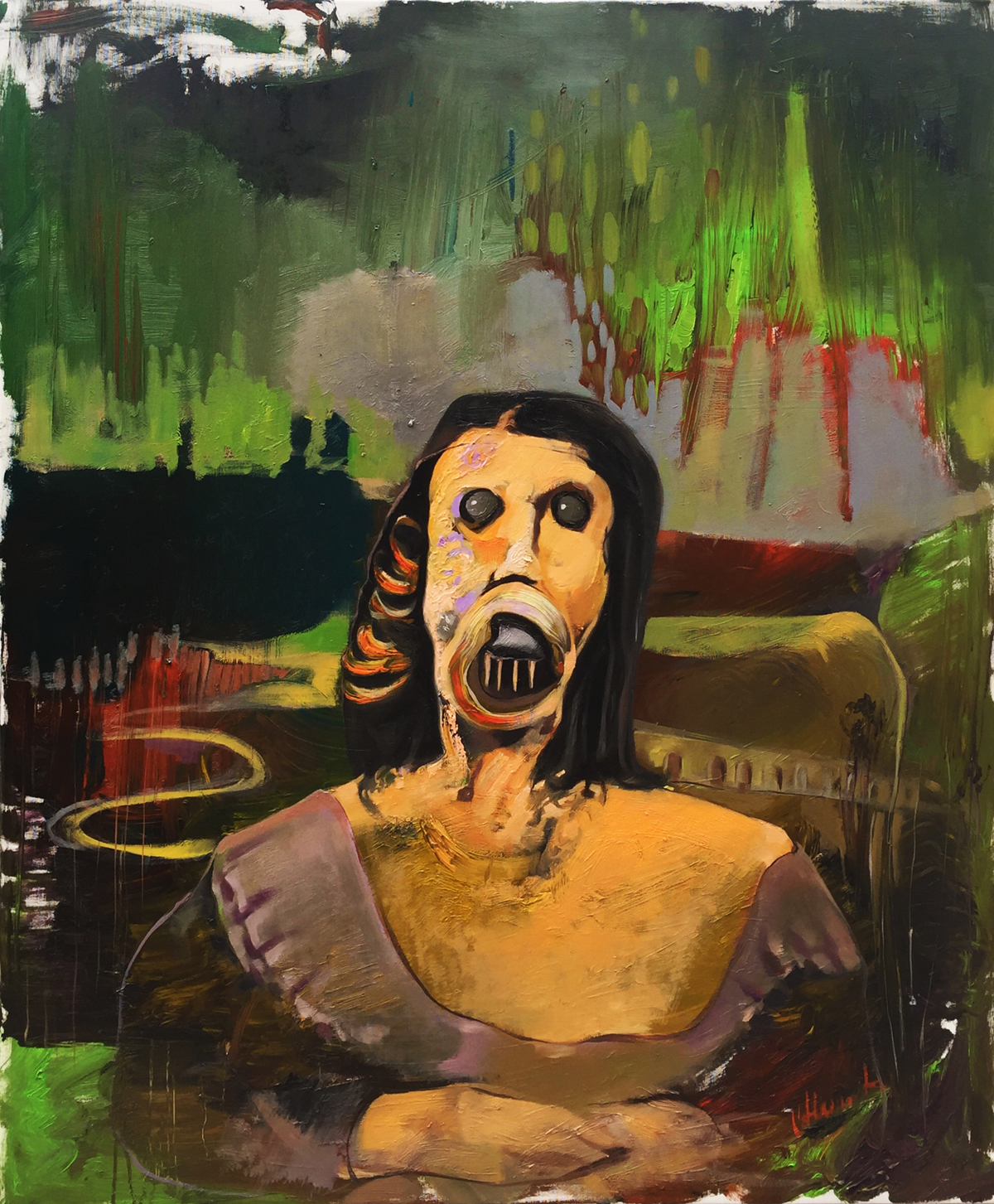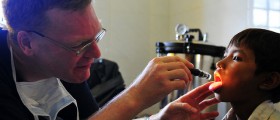
Obsessive thinking disorder is a condition which features with a vicious cycle of thoughts and compulsive actions. The condition is also known under the name obsessive compulsive disorder. The patients are occupied by harrowing thoughts and oppressed with uncontrollable behavior. It is estimated that approximately 3.5 million adults and 1.2 million children in the United States suffer from this condition.
Presentation of Obsessive Thinking Disorder
The first symptoms of signs of the disorder develop during childhood, adolescence or early adulthood. Patents suffering from obsessive thinking disorder tend to think too much which makes them behave in a particular way. Their behavior becomes compulsive and they may be very anxious unless they perform something in a particular way or express themselves in a specific manner.
Patients suffering from obsessive thinking disorder find the cycle of their thoughts disturbing and annoying. The escape from these thoughts is achieved by compulsive rituals and routines. These activities may ward off all the unpleasant thoughts. Unfortunately, the relief is only temporary and the problems continue to exist. Each time the obsessive thoughts reoccur a person starts to behave in a particular way. Such behavior seriously interferes in normal everyday activities and may only lead to even more tension and increase in anxiety.
Symptoms of Obsessive Thinking Disorder
There are two components of the condition, obsession and compulsion. Obsession features with recurrent and persistent thoughts, impulses and images which are disturbing and cause anxiety or distress. The thoughts, impulses and images are neutralized with some other thoughts or actions. Compulsion can be defined as repetitive behavior or mental act which must be performed and results from obsession. All the activities that are performed as compulsion have one goal- to reduce distress and prevent dreadful situation or event.
Treatment for Obsessive Thinking Disorder
In severe form of obsessive thinking disorder patients require medications. Only with specific drugs obsession and compulsion can be brought under control. Patients also need to learn to cope with the root cause of the problem. The drugs prescribed for obsessive thinking disorder increase the level of serotonin in the brain. Apart from medications the condition can be treated with cognitive therapy.
The most significant thing for all patients suffering from obsessive thinking disorder is to learn to deal with the problem. They must know how to manage stress and all the unpleasant issues that act as triggers of compulsive behavior. Medications can be used only initially and long-term results should be achieved with the cognitive therapy.


-Causes,-Symptoms,-Diagnosis-And-Treatment_f_280x120.jpg)














Your thoughts on this
Loading...